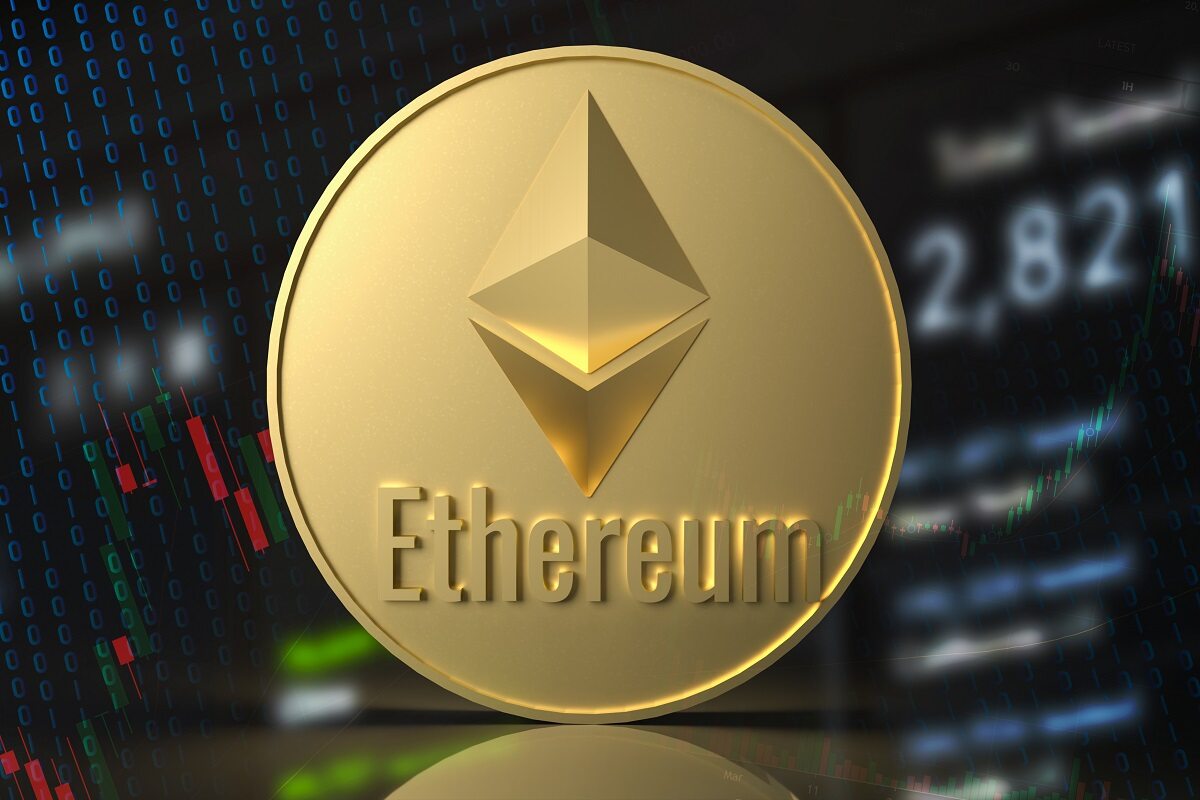How Ethereum Became The Second Most Popular Cryptocurrency?
- August 29, 2024
- Jennifer Moore

The inception of Ethereum began in November 2013 when Vitalik Buterin published a white paper explaining the concept of this cryptocurrency. By July 2015, the Ethereum blockchain went live. The initial launch offered many opportunities to launch smart contracts and PoW mining. Fast forward to the present, Ethereum is the second largest cryptocurrency in the world after Bitcoin is available in all crypto exchange platforms, and has a trillion-dollar ecosystem. So, what happened after July 2015, that Ethereum rose and is currently the top choice for daily crypto users? The article will briefly describe the events that led to the rise of Ethereum.
Timeline of Important Events That Popularized Ethereum
These are some of the important events that are responsible for the rise of Ethereum.
2013 Publication of Ethereum White Paper
Vitalik Buterin, a Russian-born engineer published the Ethereum white paper that outlines both its decentralized application and smart contracts. Peter Thiel Fellowship awarded $100,000 to start working on this platform.
2014 Red Wedding
The cryptocurrency suffered from serious disputes in 2014 and the media commonly called it the “Red Wedding”. Once Buterin decided to control the network, he disputed Amir Chetrit’s contributions and also disliked the management style of Charles Hoskinson. Finally, Buterin ousted Hoskinson and Chetrit and established Ethereum as a non-profit foundation. He refrained from using the term ‘company’.
2015 Ethereum Blockchain Launch
On July 30, 2015, the Ethereum blockchain and its native token were officially launched. The price per ETH token was $0.31. It soon made an impressive return of 1057000%. This was the turning point in Ethereum’s history.
2016 DAO Hacking and Birth of Ethereum Classic
Hackers stole more than 3.6 million ETH from the early Decentralized Autonomous Organization (DAO). This was a major setback as the prices declined rapidly within 3 days from $20 to $9. The community had two conflicting opinions on how to deal with the attack. One group wanted to continue business as usual, while the other wanted to roll back the network to fix the problem. After brief debates, the community favored ‘hard forking’ and rolled back the network. Therefore, after hard forking, the proof-of-stake blockchain retains the original Ethereum name, but the minor group continues to call their version Ethereum Classic.
2017 CryptoKitties
The non-fungible token (NFT) CryptoKitties more or less broke the network. This was designed to have a fun experiment with blockchain and helped users gather and breed other types of NFTs. By December, the prices skyrocketed to $170,000. This, in turn, increased fees phenomenally and caused clogs in the network. Ethereum developers intervened and deployed quicker optimizations for long-term solutions.
2020 Ethereum Becomes The Hotbed
In the summer of 2020, many enthusiasts for unknown reasons dealt with Ethereum like never before. It soon became a hotbed of new financial activities. The new users flocked to the network and experimented with hundreds of protocols around the network. This resulted in a boom in the lending, trading, and borrowing of digital assets. Yield farmers were one of the larger groups who got lucrative rewards for their activities.
In October 2020, the founder Buterin discarded the Ethereum 2.0 roadmap and scaled it using OG sharding. The new system helped Ethereum to have a better optimal base and experimentation improved significantly.
2022 Proof-of-stake, the Merge
On 15, September 2022, Merge was finalized and it marked the conversion from energy-intensive proof-of-work into a more eco-friendly proof-of-stake mechanism. This boosted the prospects significantly as the energy consumption declined by a whopping 99%. The Tokenomics of the cryptocurrency changed for the better.
2024 Blobs and Sharding and BlackRock’s Tokenized Fund
On 13 March 2024, the Dencun upgrade was implemented. It introduced a suite of nine different Ethereum Improvement Proposals including EIP-4844. This proposal utilizes “blobs” that permit separate and temporary storage of data. It significantly reduces fees paid for block data. A week later, BlackRock started launching its tokenized fund on the network. The move in itself is a massive endorsement of its network. Hence, the fund is now called BlackRock USD Institutional Digital Liquidity Fund or BUIDL. Today, the BUIDL has a market capitalization of $517 million.
July 2024 Ethereum ETF Approval
Nine spot Ether ETFs were officially launched on July 23. The spot funds are a clear signal that they helped in the adoption of ETH as an institutional-grade asset.
Also Read-Determining The True Value of Cryptocurrencies
Conclusion
The journey of Ethereum to become the second cryptocurrency is an eventful one. The cryptocurrency has undergone many changes and most have been fortunately positive. This is the reason it could rise so high, unlike other alternatives of Bitcoin. Therefore, the current approval of ETF can bring in more desirable changes and further popularize it. Due to constant innovations, and correct decision-making at crucial points, it remains the favorite among investors, users, and enthusiasts. .
Categories
- AI (9)
- Altcoins (10)
- Banking (10)
- Bitcoin (133)
- Bitcoin ETF (11)
- Bitcoin Price (30)
- Blockchain (48)
- Brokering World Hunger Away (16)
- Business (9)
- CBDC (11)
- COVID-19 (3)
- Crypto ATMs (1)
- Crypto Banking (17)
- Crypto Bill (1)
- Crypto business owner platform (31)
- Crypto Investment (3)
- Crypto Markets (5)
- Crypto Payment (29)
- Crypto Prices (1)
- Crypto Trading (92)
- Cryptocurrency (401)
- Cryptocurrency Exchange (108)
- Data Visualization (2)
- Decentralized Finance (7)
- DeFi Payment (9)
- DEX (3)
- Digital Currency (22)
- Ethereum (2)
- FAQ (6)
- Finance (24)
- Financial Equality (4)
- Financial Freedom (8)
- Forex (24)
- ICO (2)
- Investment (11)
- Mining (3)
- News (66)
- NFTs (2)
- P2P (1)
- PayBitoPro (691)
- PayBitoPro Coin Listing (6)
- PayBitoPro Exchange (2)
- Post COVID Digital Transformation (1)
- Press Release (130)
- Privacy & Security (3)
- Real Estate (1)
- Stablecoin (4)
- Technology (14)
- Uncategorized (3)
- US Presidential Election (2)
- Utility Coin (1)
- Web3 business (3)
- Web3 Wallets (2)
- White Label Crypto Exchange (6)
Recent Posts
- Web3 Business Marketing: Building Community and Brand for Your Crypto Venture
- Why Blockchain Awareness Is Critical Before You Dive Into Web3
- Why Market Research Is the Foundation of Every Successful Web3 Business
- Start A Web3 Business: A Step-by-Step Web3 Startup Guide for Entrepreneurs
- How a Web3 Wallet Works — A Deep Dive with the Latest Technology





